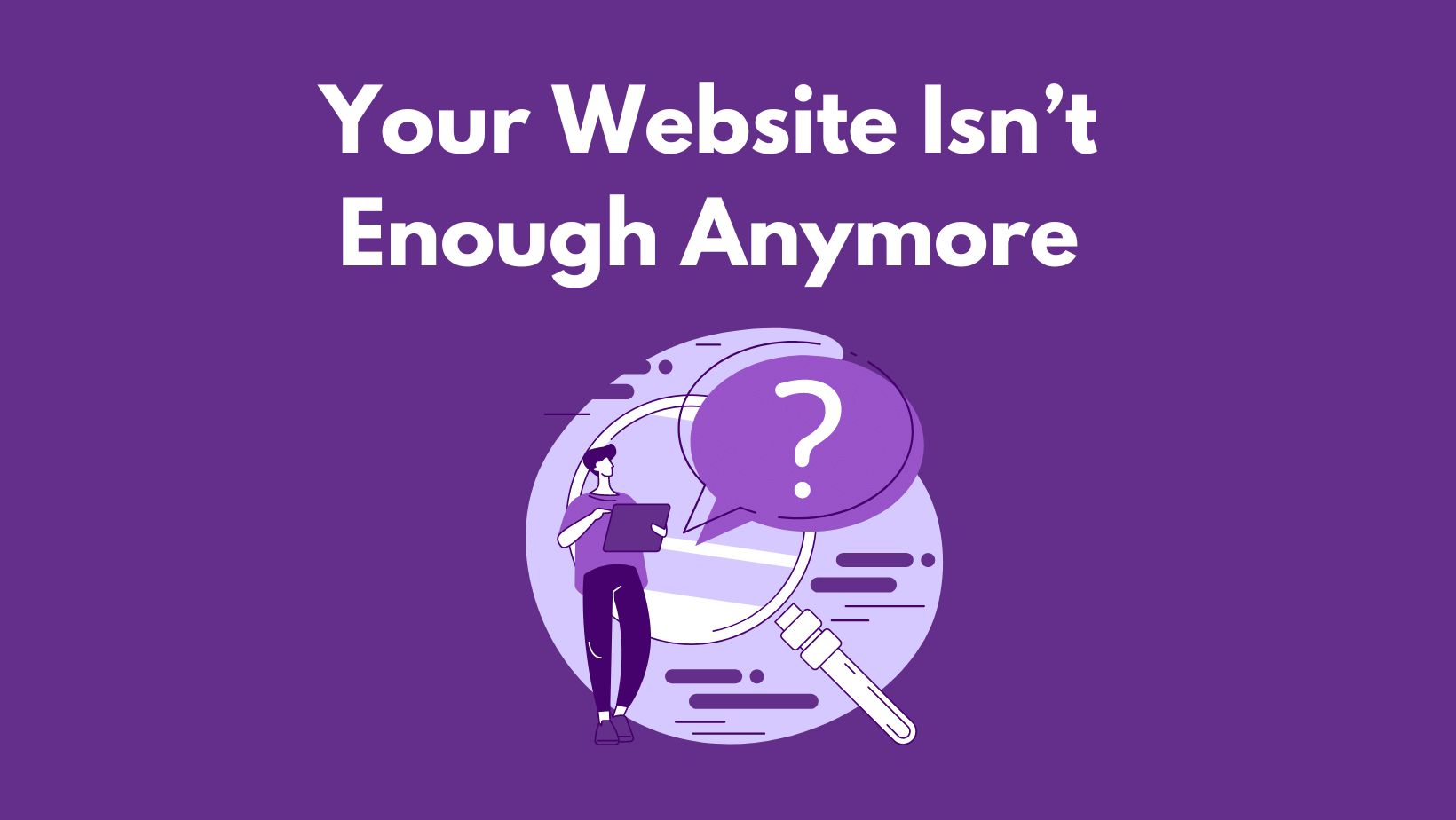Why Cloud-Delivered Software is Ideal for Business Growth
Summary
Use of Cloud delivered software services is growing and will likely continue to do so. The blog will help you understand why you need to migrate to the cloud for your business productivity and growth.
Imagine spending thousands of dollars on setting up, maintaining, and upgrading the hardware and infrastructures for your on-premises software only to end up spending more money on further maintenance, data recovery (in case of an IT disaster), or when you decide to scale up the software. Nerve-wracking isn’t it?
What if we tell you there is a way to kick on-premise hardware to the curb along with its hefty expenses and maintenance? Let’s find out how it is possible.
No Need to Get into the Technicalities Yourself
You do not need great technical sophistication to create and operate the software you want, you just need to know exactly how you want it to operate. Next, you have to discuss it all with your software developers and let them create the scope of work outlining your software. The software is then built according to your specification in several stages. You just need to make sure that you monitor and approve the progress at each step so that the final product mirrors what you initially wanted.
Why is ‘Using’ it better than ‘Running’ it?
Want to know something interesting? The software you see on your computer screen, probably through a web browser, or on your mobile is not running on it, it is actually running somewhere else….on the cloud! The software is being delivered to your browser as a service and you are simply ‘using’ it. Still not sure what that means? If you’ve ever used an online service to play games, order food, purchase anything, watch movies, or done just about anything on a computer you have used software-as-a-service (SaaS) which is being delivered to your browser and is running on the Cloud.
Your software developer will set this up for you, and it will fully eliminate all of the heavy liftings. It makes little to no sense to through all the hassle of creating and maintaining on-premises software if you can simply plug into the internet and use your software.
Cloud is Here to Stay
Here are some of the reasons why businesses, if not already, should migrate to the cloud include:
-
Disaster Recovery & Backup
Let’s accept it, IT Disasters are unavoidable and there is little we can do to prevent them. This is why a disaster recovery strategy is a crucial part of every business. Businesses that wish to ensure excellent disaster recovery without the cloud must set up a separate data center, which needs an additional cost and this is not the end of the story. They must also put up the tools needed to replicate data or offer backups for system restoration.
Cloud-delivered software can handle all of this without the need to invest in any sort of infrastructure upfront by providing off-site backup for all your business data leading to faster data recovery.
-
Accessibility
Cloud computing provides secure, anytime access to mobile or desktop devices, allowing employees to use any combination of locations and technology that suits their work style. If you want access to your data while you are away from your office, you can quickly and conveniently login to your virtual office. Cloud apps that provide Software as a Service (abbreviated SaaS) simply require an Internet connection to access data.
-
Automated Software Updates
When you use the cloud, you no longer have to bother about acquiring, installing, downloading, and upgrading software. Cloud computing providers handle this for you, including security updates, freeing up your time to focus on other elements of your organization.
-
Cost Efficiency
Cloud computing decreases or eliminates the need for organizations to purchase equipment and build-out and run data centers. Being in the cloud means that your infrastructure is being managed by someone else. This will not only save you money but will also relieve you of the burden of dealing with servers and difficult hardware upkeep.
Instead of buying a complete software package and paying the additional cost for features or tools that would be of no use to you; pick and choose the applications, services, and features you need and only pay for them using cloud computing.
-
Scalability
Cloud-based solutions are a great choice for businesses with growing or fluctuating bandwidth demands. Cloud migration enables upward or downward business expansions based on the needs of the company. Small firms may quickly expand their processes into new territories, and major enterprises can spread their offerings to an international audience by utilizing cloud migration. Cloud computing enables rapid and easy resource allocation in a monitored environment where overloading is never an issue as long as the system is properly maintained.
Let’s Get Started
Adopting the cloud doesn’t have to be complicated. The benefits of reduced costs and complexity, flexible scalability, automation, and easy accessibility are simply too alluring to ignore.
For starters, here are some final points to consider:
- Conduct a cost-benefit analysis.
- Discover what kind of computer hardware management technology and VM technology different private cloud IT service providers offer and what their team’s strengths are.
- Virtualize your existing environment as much as possible.
Here’s a piece of advice, don’t do it alone! Turn to a trusted and proven Cloud IT Services provider to help you navigate through the cloud confusion whether your organization is new to the cloud, or you need to expand or consolidate existing cloud services.
Contact Us if you’d like to understand exactly how moving to the cloud can reduce costs, enhance efficiency, and support innovation in your organization.







